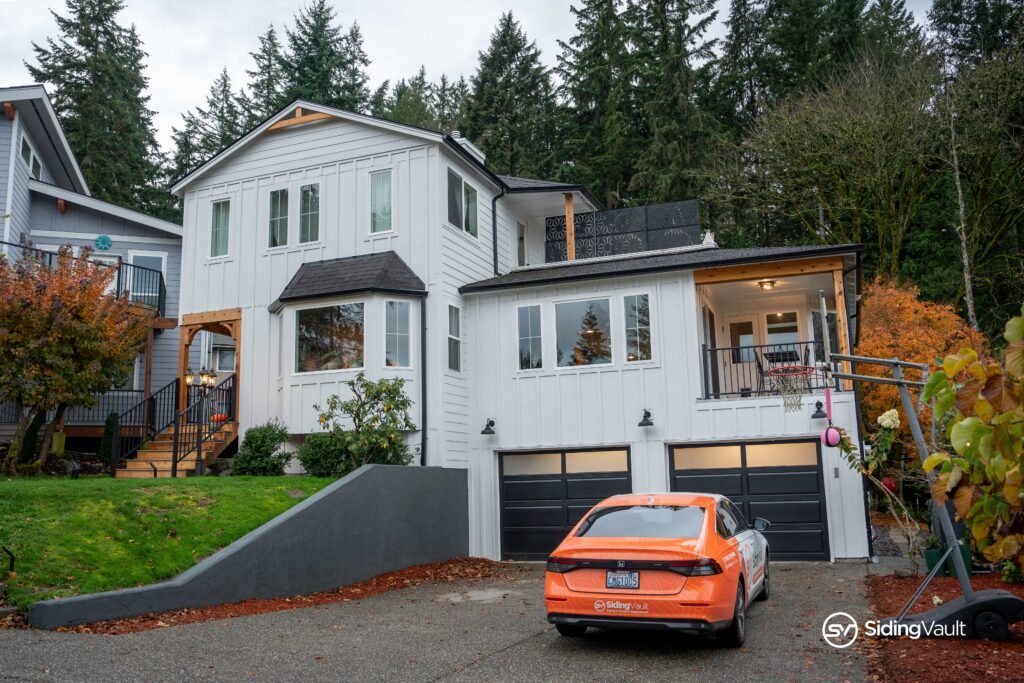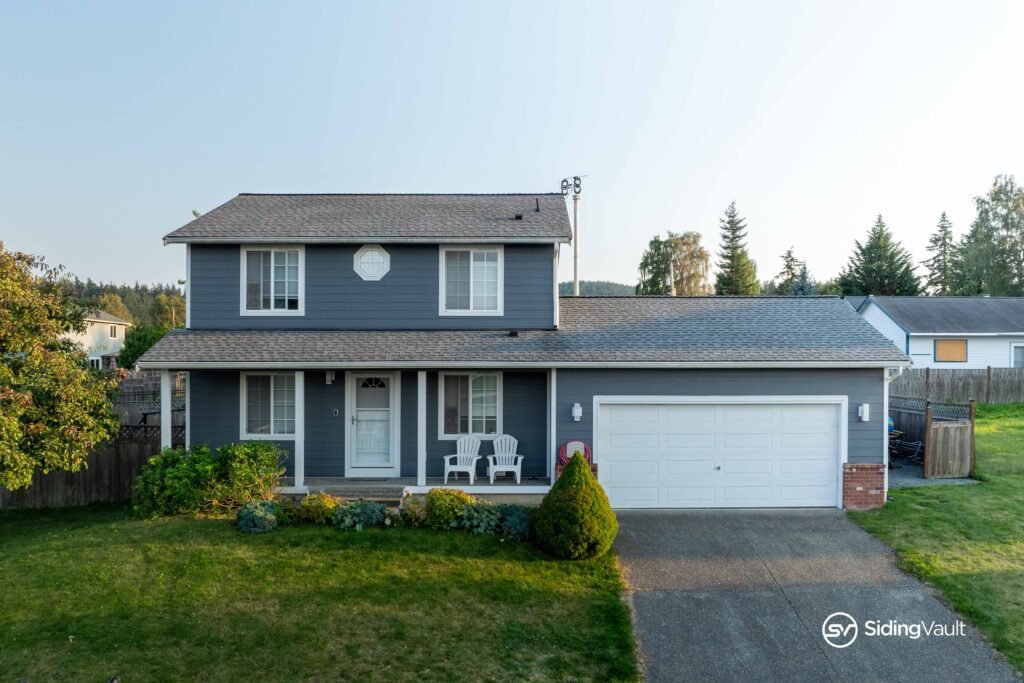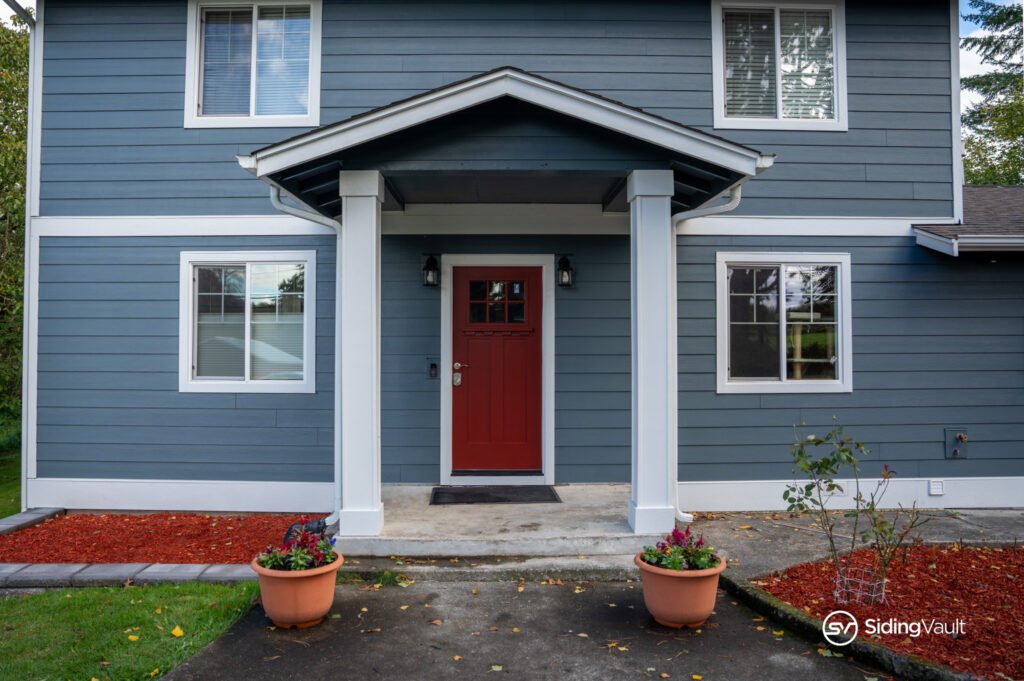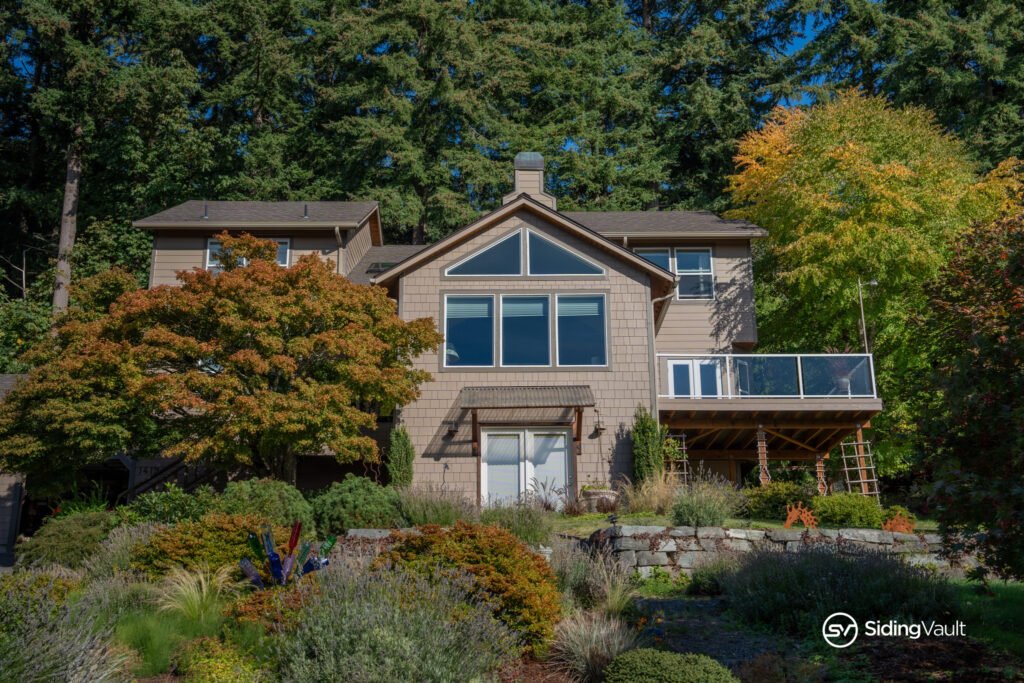Your #1 Home Improvement Experts
Acme's Trusted and Local Siding Contractor.
Siding Vault is a Acme siding contractor that provides popular siding materials and professional installation. Driven by a highly skilled and experienced crew in Acme, our goal is to provide superior craftsmanship and trusted, professional service to every customer.
Service: Siding Vault is known for their niche siding replacement expertse. Siding Vault is partnered with James Hardie through their Contractor Alliance program, and is a James Hardie Elite Preferred® contractor.
Experience: Our crew is very experienced in both residential and commercial siding installation; with some of our legacy members having over a decade of experience!
Warranties: 30-year limited warranty on Hardie Products. 15-year finish warranty on James Hardie pre-finished products, such as ColorPlus Technology®. Request more information to view our latest warranties on other products.
Reviews: Move forward with zero hesitation, view Siding Vault’s extensive positive review presence online. Give James Hardie a call, and ask about Siding Vault!
Locally Operated: Locally owned and operated, here in Ferndale and Bellingham Washington.
Your Elite Preferred Siding Contractor in Acme.
Pre-Painted Siding in Acme -
ColorPlus Technology.
Recent Projects


Window Replacement Contractor in Acme.
About Acme
Acme, Washington has a rich and storied history that spans over a century. From its early days as a bustling logging community to its present identity as a tranquil haven, Acme’s history reflects the resilience, adaptability, and enduring spirit of a small-town community.
The roots of Acme trace back to the late 19th century when the Pacific Northwest was undergoing a logging boom. The abundance of towering evergreen forests attracted settlers and entrepreneurs eager to capitalize on the region’s vast timber resources. In the late 1800s, as logging operations expanded, Acme emerged as a vital hub for the timber industry.
The town’s name, “Acme,” meaning the highest point or culmination, was aptly chosen to signify its prominence in the logging trade. Acme became a bustling logging center, with sawmills, logging camps, and supporting infrastructure transforming the landscape. The rhythmic sound of saws and the hum of logging machinery became the soundtrack of Acme’s early years.
The Historic Logging District, one of the earliest neighborhoods in Acme, embodies the town’s roots in the logging industry. Quaint cottages and modest homes were constructed to house loggers and mill workers who played a crucial role in the town’s economic prosperity. These residences, often characterized by their sturdy construction and functional design, still stand as reminders of Acme’s industrial heritage.
As the logging industry flourished, Acme’s population grew, attracting workers and families seeking livelihoods in the timber trade. The town became a bustling community with schools, churches, and businesses catering to the needs of its residents. The establishment of schools reflected Acme’s commitment to education, a value that would endure through the town’s evolution.
The Nooksack River, flowing near Acme, played a pivotal role in the town’s early development. The river served as a vital transportation route for transporting logs downstream to mills. The Riverfront District, situated along the Nooksack River, became a hub for river-related activities. The district bustled with the loading and unloading of logs, contributing to the town’s economic prosperity during the heyday of the logging era.
In the early 20th century Acme, WA experienced a shift as the logging industry began to wane. Changing economic conditions and environmental conservation efforts led to a decline in timber harvesting. The town, like many logging communities in the region, faced the challenge of adapting to new economic realities.
Acme, Washington transitioned into a more residential and agricultural community, embracing a quieter and rural lifestyle. The Farmstead Community, characterized by spacious lots and farm-style residences, pays homage to the town’s agricultural heritage. Residents engaged in farming, cultivating the fertile lands surrounding Acme, and contributing to the town’s shift toward a more diversified economy.
The Great Depression in the 1930s posed economic challenges for Acme, as it did for many communities across the United States. However, the resilience of Acme’s residents prevailed, and the town endured, supported by a sense of community and mutual reliance. The tough times fostered a spirit of cooperation and strengthened the bonds among Acme’s residents.
The mid-20th century saw further changes in Acme’s landscape as the town adapted to a more residential identity. The construction of new neighborhoods, including Acme Heights and the Greenbelt District, reflected the evolving character of the community. These neighborhoods, situated amidst the natural beauty of the Cascade foothills, attracted residents seeking a connection with nature and a tranquil way of life.
Throughout its history, Acme has remained a close-knit community where residents actively engage in civic life. The Historic Downtown District, with its quaint shops and local businesses, serves as the heart of the town. The downtown area continues to be a gathering place for residents, fostering a sense of community pride and connection.
Acme’s commitment to preserving its natural surroundings is evident in the Greenbelt District, which emphasizes open spaces and conservation efforts. The district promotes a harmonious coexistence between the town and its natural environment, reflecting Acme’s dedication to sustainability and responsible growth.
Over the years, Acme has embraced a diverse range of residents, contributing to the town’s cultural tapestry. The Community Center District serves as a focal point for social gatherings, events, and community initiatives. Residents come together in this district to celebrate local festivals, organize fundraisers, and foster a sense of unity that transcends individual neighborhoods.
As Acme entered the 21st century, the town continued to balance its rich history with modern challenges and opportunities. Sustainable Living initiatives, such as those in the Sustainable Living District, reflect Acme’s commitment to environmental stewardship and forward-thinking practices. Residents engage in eco-friendly practices, embracing a lifestyle that respects the natural beauty that surrounds the town.
Acme, Washington, with its historic logging roots, agricultural heritage, and present-day residential tranquility, embodies the essence of a small-town community that has adapted and thrived through the decades. From the bustling days of the logging industry to the tranquil neighborhoods nestled in the Cascade foothills, Acme’s history is a testament to the enduring spirit of its residents. The Historic Logging District, Riverfront District, Farmstead Community, Acme Heights, Greenbelt District, Historic Downtown District, and Community Center District collectively form the tapestry of Acme’s unique identity. As the town continues to evolve, Acme remains a testament to the resilience, community spirit, and enduring charm that define small-town life in the Pacific Northwest.
Recent Blog Posts

October 25, 2024 by Michael in James Hardie Colors
Statement VS Dream Collection
Curious as to what the differences are between James Hardie’s Statement Collection and Dream Collection colors are? Siding Vault will help break it down for you.

March 27, 2024 by Michael in Fiber Cement Siding
How to Wash Your Fiber Cement Siding
Protect yourself from pre-mature siding failure by learning how to wash your fiber cement siding. A short guide by Siding Vault.

February 20, 2024 by Michael in Fiber Cement Siding
Best Siding for the PNW
Hear what PNW residents have to say about their favorite siding. With a plethora of siding options, Siding Vault is here to guide your decision.


